As the author of a monthly newsletter, I’m forever “tinkering” with products purported to build muscle, burn fat, boost testosterone and be the second coming of steroids (or at least creatine). One of these is coleus forskolin or forskolin.
The ads in some cases would have you believe this is Anavar. Scratch that: Better than Anavar. Yes, they really said that. Let’s get one thing straight: Forskolin doesn’t give results anywhere near any respectable dose of Anavar (or any other anabolic steroid, for that matter).
Which brings us to studies on the substance. At best, statistical trends toward more muscle and less fat have been noted in those using Forskolin, usually over a 12 week period. When it’s all said and done, I wouldn’t bet on Forskolin being a respectable non-hormonal anabolic (which is what it’s being positioned as).
Where the situation changes are though, is when it’s co-administered with compounds that activate beta-adrenergic receptors: By acting downstream of the beta-adrenergic receptor, Forskolin increases adenyl cyclase activity – thus elevating cAMP. This amplifies the intracellular signal that says, “burn fat”. The combination will maximize fat loss when co-administered.
So what’s this mystery compound that works synergistically with Forskolin? Ephedrine HCL
Available behind the counter at your local pharmacy, in the form of bronkaid tablets. 12.5 mg of ephedrine HCL, 125mg caffeine and 25mg of Forskolin two to three times/day.
Stack that with a sensible diet and wind sprints twice a week. That’s the right way to invest in Forskolin.
References:

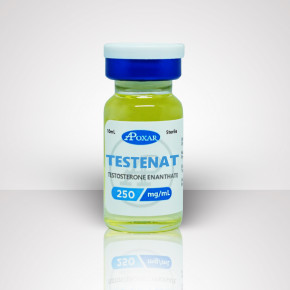
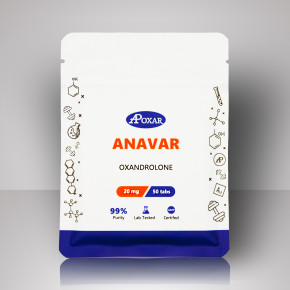
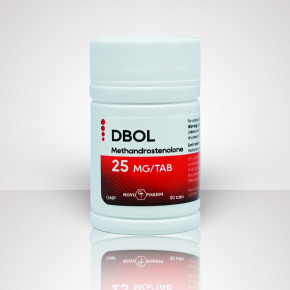
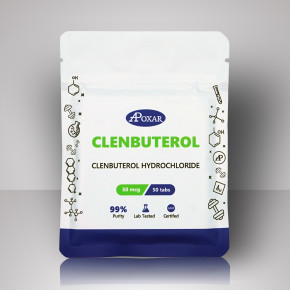
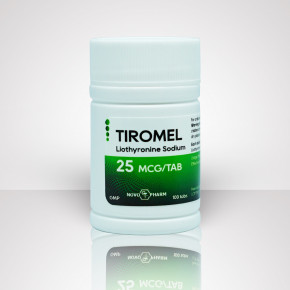
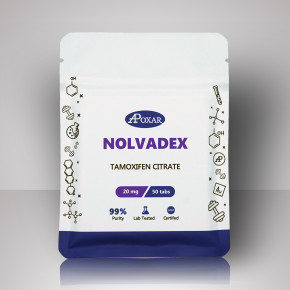
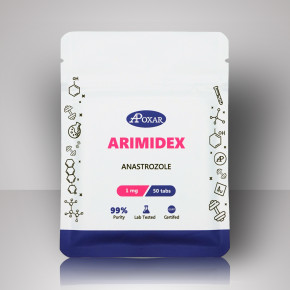
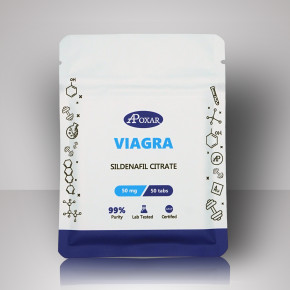
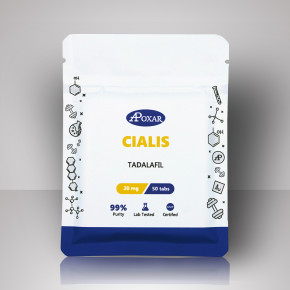
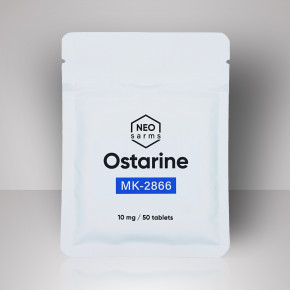
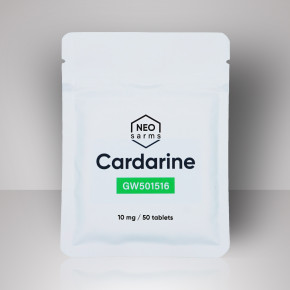
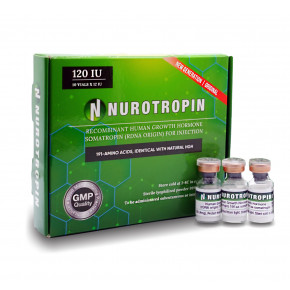
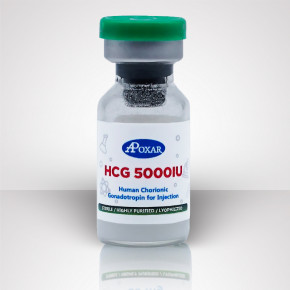
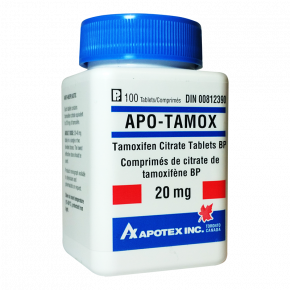
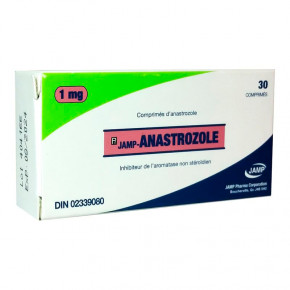
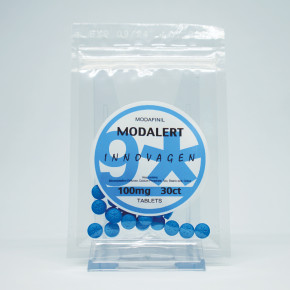
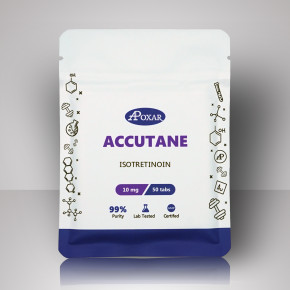
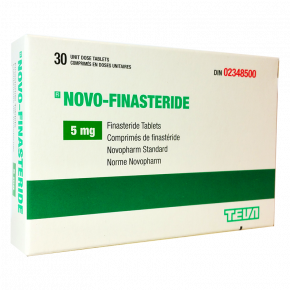
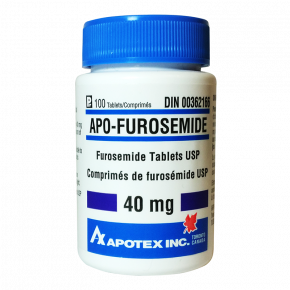
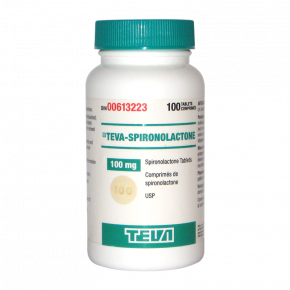
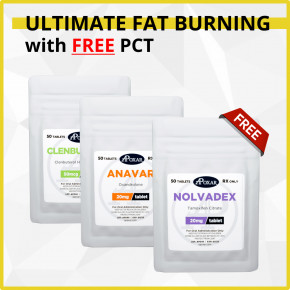
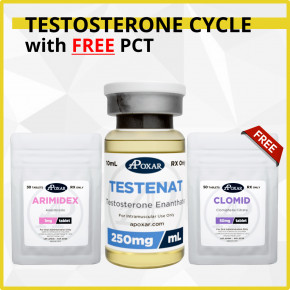
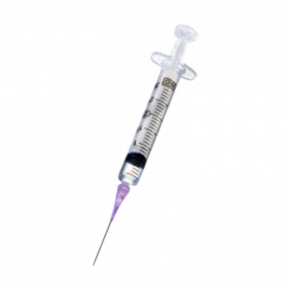
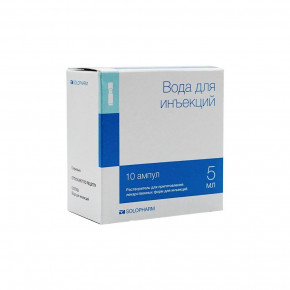

 Proudly Serving Canadians Since 2012
Proudly Serving Canadians Since 2012